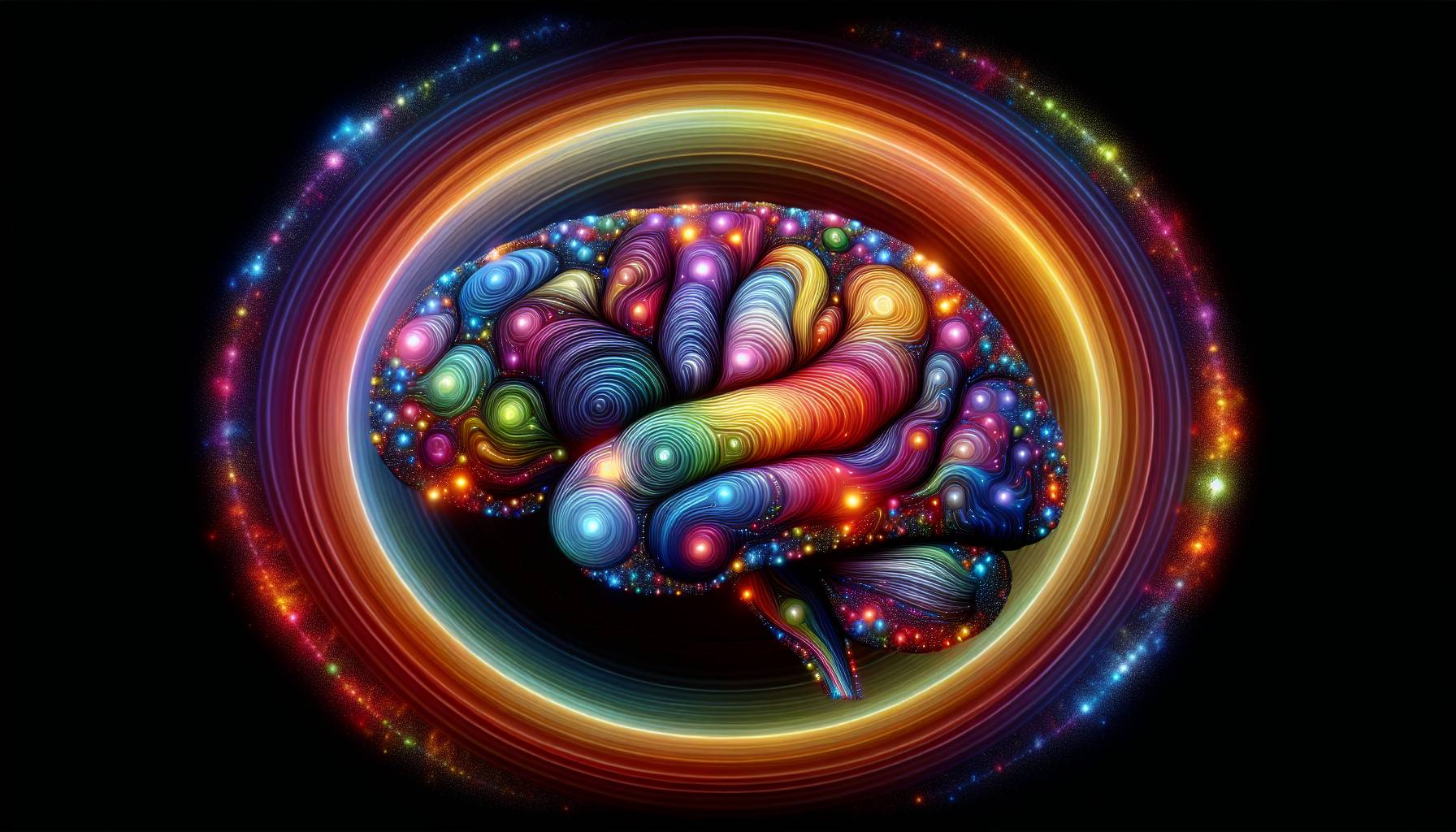Art historian Alexandra Loske highlights the significant role of colour in our cognitive processes in her study of four centuries of colour theory. She proposes that our perception of various hues influences our thoughts, emotions, and actions. Furthermore, different civilizations uniquely ascribe colour significance, reflecting their cultural beliefs and values.
According to Loske, humans instinctively identify and categorize colours, not only distinguishing between broad colours but also identifying subtle variations within the same shade. This instinct assists with effective communication, decision-making, and even survival as it plays a part in recognizing potential dangers or environmental changes.
Loske’s research integrates artworks and colour tools into her study, with a particular emphasis on Patrick Syme’s colour charts and Moses Harris’s 18th-century colour wheel for their simplicity and brightness. She appreciates their work for its significant impact on our present understanding and application of colour in various fields.
In her research, Loske characterizes the development of colour theory as a slow and steady process shaped by significant events such as scientific discoveries and societal preferences.
Understanding colour’s cognitive and cultural influences
She also highlights key periods of these shifts, including the Renaissance, the Impressionist movement, and the rise of digital media. Loske also delves into the constant tension between subjectivity and objectivity in colour perception, concluding that colour theory’s evolution reflects collective cultural influences and individual creativity.
Loske assigns symbolic values to colours based on various factors – from understanding the physical and psychological effects of colours to the universal light characteristics influencing how colours are perceived. The interpretation of colours, like blue symbolizing calmness or gold associated with wealth and exclusivity, is tied to time, culture, and audience.
Besides, she discusses the significant influence of historical events such as Isaac Newton’s rainbow discovery and Carl Jung’s concept of colour symbolism in dreams. Furthermore, she elaborates on the progress that digital technology has made in reproducing and manipulating colours, comparing the endless colour possibilities available to digital artists with the infinite number of notes in a symphony. But despite these advancements, she reaffirms that the profound mystery of colour remains elusive and profound, a ‘phenomenon’ that continues to inspire great curiosity.







